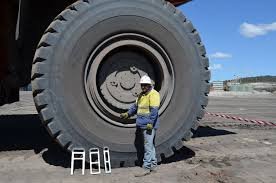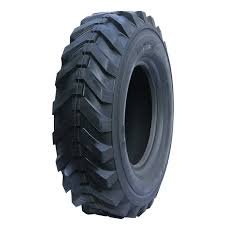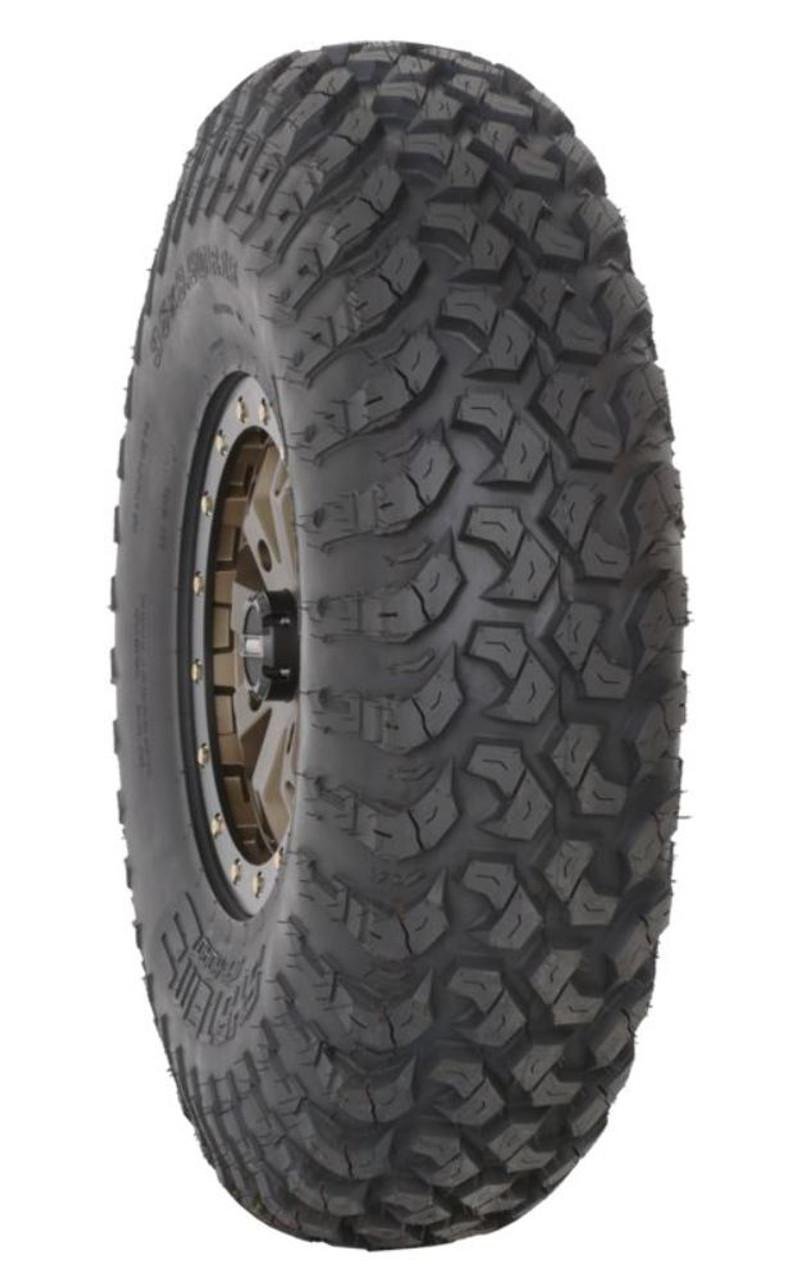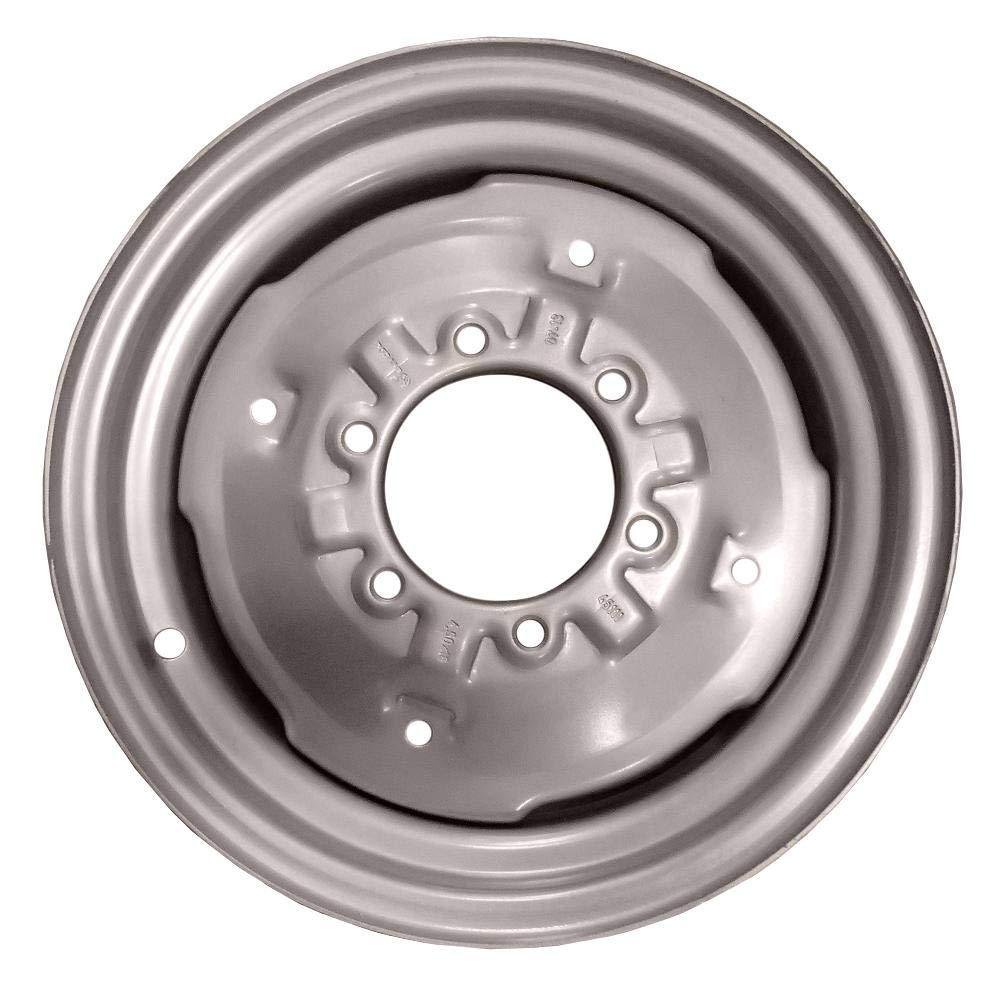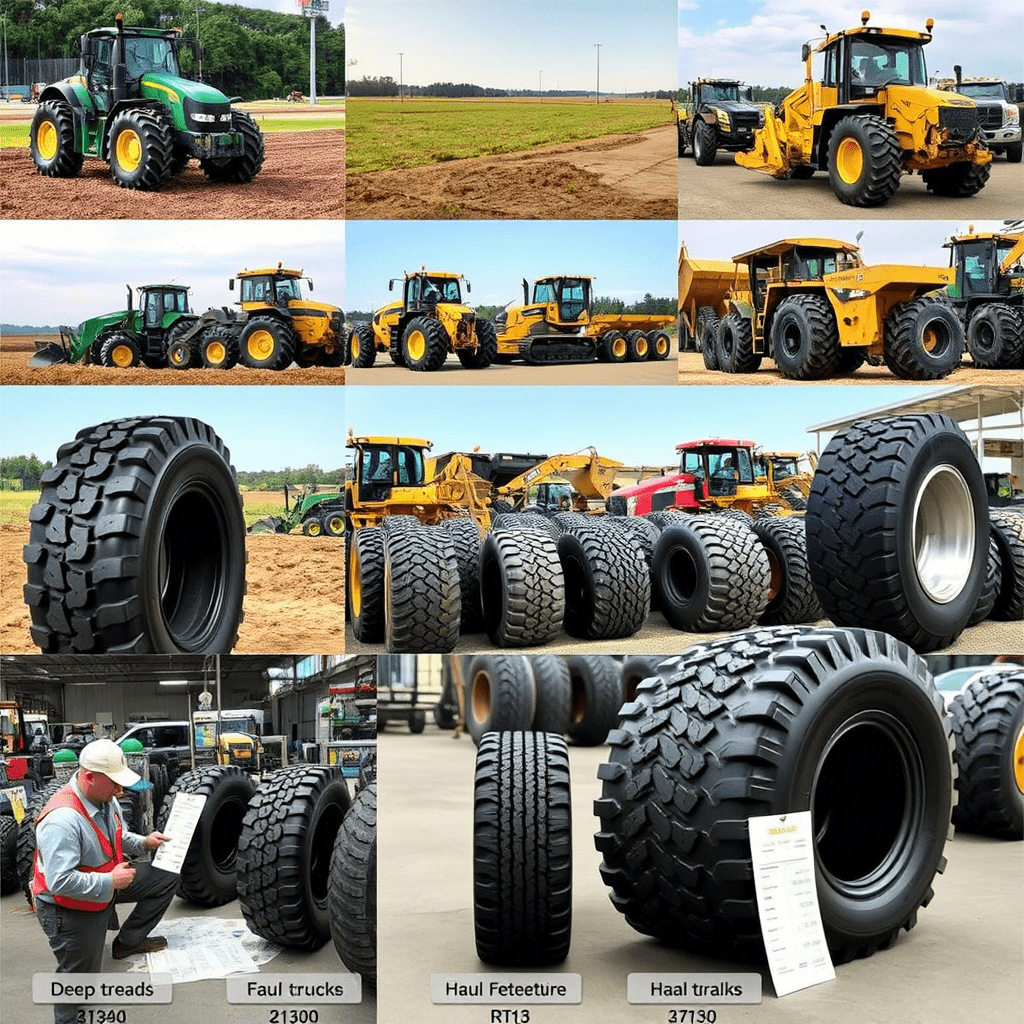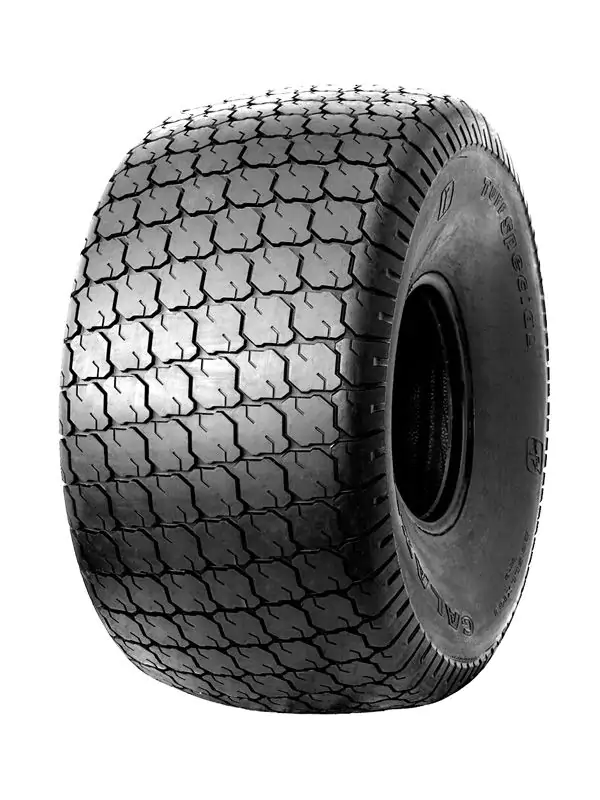# The Ultimate Guide to the Carlisle Trail HD Trailer Tire: Specs, Reviews, and Expert Tips
Choosing the right tires for your trailer isn’t just about performance—it’s about safety, reliability, and peace of mind on the open road. Whether you’re hauling a boat to the lake, transporting landscaping equipment, or embarking on a cross-country adventure with your travel trailer, the tires are the single most critical component connecting your precious cargo to the pavement. Among the myriad of options available, the Carlisle Trail HD has carved out a significant reputation as a go-to tire for trailer owners. But does it live up to the hype?
This comprehensive guide dives deep into the Carlisle Trail HD trailer tire. We’ll dissect its specifications, analyze real-world user reviews, compare it to competitors, and provide actionable advice from industry experts to help you decide if it’s the right choice for your hauling needs. By the end, you’ll be equipped with all the knowledge necessary to make an informed decision for a safer, smoother towing experience.
What is the Carlisle Trail HD Trailer Tire?
The Carlisle Trail HD is a bias-ply tire specifically engineered for highway use on light and medium-duty trailers. The “HD” stands for “Heavy Duty,” signaling its design intent to handle significant loads with durability and stability. It’s a staple in the trailer tire market, commonly found on boat trailers, utility trailers, enclosed cargo trailers, and smaller travel trailers.
Carlisle Tire, a subsidiary of Carlisle Companies, has long focused on the specialty tire market, producing tires for lawn and garden, agricultural, and trailer applications. The Trail HD is one of their flagship products for the trailer segment, designed to offer a balance of affordability and reliable performance.
Detailed Specifications and Design Features
Understanding the specs is key to knowing if a tire fits your trailer’s requirements. Here’s a breakdown of what the Carlisle Trail HD brings to the table.
Construction: Bias-Ply Design
The Trail HD utilizes a bias-ply construction. This means the tire’s internal plies—layers of reinforced cord—are laid at alternating angles (typically 30 to 40 degrees) to the centerline of the tread. This classic construction method offers several advantages for trailer applications:
- Robust Sidewalls: The crisscrossing ply design creates a stiffer sidewall, which is crucial for resisting sway and providing lateral stability when a trailer is being towed.
- Durability: The construction is generally more resistant to impact damage from potholes or curbs.
- Load Handling: The stiff carcass is excellent for carrying heavy, static loads for extended periods, a common scenario for parked trailers.
While radial tires (like those from Michelin or Goodyear) often offer a smoother ride and lower rolling resistance for tow vehicles, the bias-ply design remains a popular and effective choice for many trailer types due to its inherent stability and strength.
Tread Pattern and Compound
The Trail HD features a symmetric ribbed tread pattern. This design is optimized for straight-line tracking and channeling water away from the contact patch to reduce the risk of hydroplaning. The continuous center rib enhances stability, helping the trailer track straight behind the tow vehicle without wandering. The tread compound is formulated for long wear and resistance to weathering and cracking, which is vital for trailers that may sit stationary for long periods.
Load Range and Sizing
Available in a wide range of common trailer sizes, from 4.80-8 to 15-inch diameters, the Trail HD covers most light and medium-duty applications. It’s most commonly found in Load Range C, D, and B, which correspond to different maximum load capacities and inflation pressures. For example:
- Load Range B (4-Ply Rating): Max load of ~1,160 lbs at 35 PSI.
- Load Range D (8-Ply Rating): Max load of ~1,610 lbs at 65 PSI.
Load Range C (6-Ply Rating): Max load of ~1,520 lbs at 50 PSI.
Expert Tip: Always match the tire’s Load Range to your trailer’s Gross Axle Weight Rating (GAWR). Exceeding the tire’s maximum load capacity is a primary cause of tire failure. When in doubt, consult your trailer’s manual or the manufacturer’s placard.
Real-World Performance and User Reviews
Specs only tell part of the story. The true test of any tire is its performance in the real world. Aggregating feedback from numerous owners and platforms like Tire Rack reveals a consistent pattern of praise and a few common criticisms.
The Positives: What Users Love
1. Durability and Longevity: The most frequently cited advantage is the tire’s toughness. Many users report getting multiple seasons of use out of their Trail HD tires, even with frequent heavy loads. The bias-ply construction earns its keep in resisting sidewall damage.
2. Excellent Tracking and Stability: Users consistently note that these tires help their trailers track straight and true, with minimal sway or “wandering” feeling behind the tow vehicle. This is a direct benefit of the stiff sidewalls and ribbed tread design.
3. Value for Money: Compared to premium radial trailer tires from brands like Bridgestone or Continental, the Carlisle Trail HD is often significantly more affordable. For owners on a budget or with trailers that don’t see extreme mileage, this represents a compelling value proposition.
The Criticisms and Considerations
1. Ride Quality: The stiff bias-ply construction that provides stability can also translate to a harsher ride. The tires transmit more road shock into the trailer frame and its contents. This is generally less of a concern for cargo but can be a factor for delicate goods.
2. Age-Related Cracking: A common issue with any trailer tire—not unique to Carlisle—is weather cracking (ozone cracking) from exposure to the sun and elements, especially if the trailer is stored outside. While the Trail HD’s compound is designed to resist this, proper storage and maintenance are non-negotiable. Resources from the Tire Safety Organization emphasize that tires over five years old should be closely inspected for cracks, regardless of tread depth.
3. Weight Limitations: While “Heavy Duty” in name, it’s crucial to remember these are for *light and medium-duty* trailers. They are not suitable for very large fifth wheels or heavy equipment trailers, which require tires with a much higher load rating.
Safety Considerations: Non-Negotiable Best Practices
Trailer tire safety is paramount. A blowout at highway speeds can be catastrophic. Following these expert guidelines is essential, regardless of which tire brand you choose.
1. Inflation Pressure is Everything
This cannot be overstated. Always inflate your Carlisle Trail HD tires to the maximum cold pressure indicated on the tire’s sidewall, not the pressure listed on your tow vehicle’s door jamb. The vehicle’s pressure is for its tires; the trailer tires have their own requirement based on the load they are carrying. Under-inflation is the leading cause of tire overheating and failure. Check pressure with a reliable gauge before every trip.
2. Respect the Load Rating and Speed Rating
Never exceed the maximum load capacity of the tire. Weigh your loaded trailer to know its actual weight. Furthermore, the Trail HD is designed for highway speeds, but consistently towing at the maximum rated speed (typically 81 mph for an ‘L’ rating) will generate excess heat and wear. Moderate your speed for safety and tire longevity.
3. Regular Inspection and Age Limits
Before every trip, conduct a visual inspection. Look for:
- Cracks in the tread or sidewall
- Bulges or blisters
- Objects embedded in the tread
- Uneven wear patterns
The American Automobile Association (AAA) and most tire manufacturers recommend replacing trailer tires every 3-5 years due to aging, even if the tread looks fine. The structural integrity of the rubber compounds breaks down over time.
How Does It Compare? Carlisle Trail HD vs. The Competition
The Trail HD exists in a competitive space. Here’s a quick look at how it stacks up:
- vs. Premium Radials (e.g., Goodyear Endurance, Maxxis M8008): Radials typically offer a smoother ride, slightly better fuel economy for the tow vehicle, and may run cooler. However, they are often more expensive. The Carlisle holds its own on stability and durability at a lower price point.
- vs. Other Bias-Ply Tires (e.g., Taskmaster, various house brands): The Trail HD is generally considered a step above many generic or budget bias-ply tires in terms of consistency in manufacturing and overall quality control. User reviews often place it as a top-tier choice in the bias-ply category.
Actionable Advice: Installation, Maintenance, and Storage
Installation Tips
When installing new Carlisle Trail HD tires, always have them professionally mounted and balanced. An unbalanced tire will cause uneven wear and can create a dangerous vibration. This is a job for a professional with the correct equipment. Ensure the valve stems are replaced with new, high-quality ones.
Maintenance Routine
* Monthly: Check cold tire pressure.
* Before Every Trip: Visual inspection for damage and pressure check.
* Annually: Have a professional inspect the tires, including the spare. Jack up the trailer and spin the tires to check for out-of-round or wobble issues.
* Every 5-7 Years: Plan for replacement, even with low tread wear.
Proper Storage
If your trailer will be sitting for more than a month, proper storage is key to preventing dry rot:
- Store the trailer in a cool, dry, and dark place away from direct sunlight and ozone sources (like electric motors).
- Inflate tires to the maximum sidewall pressure to maintain the shape and reduce stress.
- Use tire covers or UV protectant spray.
- If possible, jack up the trailer to take the weight off the tires.
Frequently Asked Questions (FAQ)
Q1: What is the actual lifespan of a Carlisle Trail HD tire?
A: The lifespan in years is typically 3-5 years due to aging and environmental factors. The mileage lifespan can vary wildly (5,000 – 12,000 miles) based on load, speed, road conditions, and maintenance. Always prioritize age and condition over tread depth alone.
Q2: Can I use the Carlisle Trail HD on my travel trailer?
A: Yes, it is a very common choice for smaller and mid-size travel trailers. However, you must ensure the Load Range (e.g., C, D) is appropriate for the weight of your fully loaded trailer. Always check the trailer’s weight rating and never exceed the tire’s load capacity.
Q3: Why did my Carlisle tire develop cracks between the treads?
A: Small hairline cracks in the tread grooves (called “weather checking”) are common and often a cosmetic result of sun and ozone exposure. However, deep cracks (deep enough to expose the underlying cords) on the sidewall or tread surface are a major safety hazard and mean the tire must be replaced immediately.
Q4: Do I need to balance my trailer tires?
A: Yes. While some argue it’s not necessary, balancing your trailer tires is a best practice recommended by experts. It reduces vibration, prevents uneven wear, and contributes to overall towing stability and safety.
Q5: Where is the Carlisle Trail HD tire made?
A: Carlisle Tire & Wheel produces tires in multiple global facilities. The Trail HD is manufactured in China to Carlisle’s specifications. It’s important to note that country of origin is less important than the quality control standards enforced by the brand, which Carlisle maintains for its products.
Final Verdict: Is the Carlisle Trail HD Right for You?
The Carlisle Trail HD is a solid, dependable workhorse in the trailer tire world. It excels in providing stable towing, durable construction, and excellent value for money. It is an ideal choice for owners of boat trailers, utility trailers, and smaller travel trailers who prioritize load-bearing stability and toughness over a plush ride.
Its main drawbacks—the firmer ride associated with bias-ply construction and the universal vulnerability to age-related cracking—are trade-offs that come with the territory of a heavy-duty bias-ply tire.
The Bottom Line: If your trailer needs fall within the tire’s load and size specifications, and you are committed to rigorous maintenance regarding inflation, inspection, and replacement on a 5-year cycle, the Carlisle Trail HD is a proven and reliable option that won’t let you down. For more information on tire safety and testing, resources from Consumer Reports can provide additional unbiased data.
Always remember: your safety on the road is directly tied to the condition of your tires. Invest in quality, maintain them diligently, and you’ll be rewarded with countless miles of trouble-free towing.


